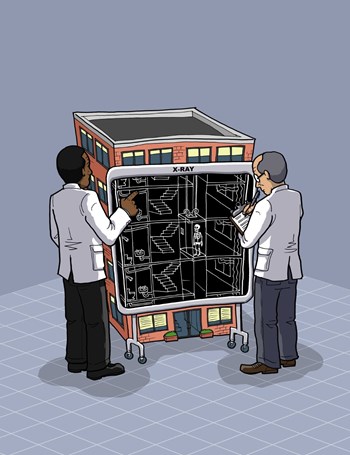
From the outside, the structure of a condo or co-op building may appear to be monolithic; just one big piece of brick and steel, punctuated with some glass here and there. That's an oversimplification, however. A multifamily building is perhaps more like a human body, with a multitude of organs and moving parts working together to keep the building healthy and vibrant. From the roof to the boiler and all points between, ensuring that systems are operating efficiently is a continual challenge.
The primary operating systems in a multifamily building include roofing, the building envelope, waterproofing, electrical, mechanical, heating, ventilation and air conditioning (HVAC), plumbing, and in some cases, elevator systems. In high-rise or multi-unit buildings especially, the association is responsible for providing many of these basic utilities to unit owners.
RAND Engineering & Architecture Senior Engineer Jamey Ehrman explains that while there are other key systems such as electrical, refuse disposal and intercom, those systems are relatively maintenance-free.
When it comes to HVAC, the problems likely to beset a building are largely dependent upon the type of system installed. “For instance, a single-pipe steam system will require much less maintenance than a building that uses fan coil units with a steam-to-hot water heating plant, absorption chiller, cooling tower and roof level exhaust fans,” says Ehrman. “However, both buildings can have significant unanticipated malfunctions and system downtime if any part of the maintenance regime is deferred or overlooked.”
Size Matters
And while the size of a building might matter in terms of scale and expense, the actual approach to maintaining systems is similar regardless of how many units they serve. For his part, Ehrman considers a small building to be one of six stories or less. “Small buildings tend to need substantially less maintenance, and can often operate with a staff of just one full-time and sometimes just part-time building superintendent. Larger buildings will have more complex systems, require more maintenance personnel, and when problems occur, they can occur on a grand scale.”
In addition to more modest maintenance needs, one of the benefits to smaller buildings— especially in New York City—is that their domestic water requirements are often fully satisfied by street pressure. As a result, rooftop pumps or tanks might not be required to supply the building’s water demand.
“If there are no high water levels or drainage issues for a building, then it may not have any sump or ejector pumps, which is one less maintenance item to worry about,” says Ehrman. “If a small building operates on single pipe steam, which they often do, then maintenance of the heating system is rather minimal. As the buildings get bigger, they get more sophisticated, with more maintenance requirements.”
Clean Air
The leading reason conditioned air remains conditioned—i.e., comfortably warm or cool—and safe to breathe is dependent on the integrity of the building 'envelope,' which is designed to protect residents and the interior of the building from the elements. “The envelope is made up of the façade—the outside walls—the roof and the foundation,” according to Mitchell Frumkin, PE, RS, CGP and president of Kipcon, an engineering and consulting firm, which is headquartered in New Jersey and also has offices in Wheeling, Illinois. “It protects the building from two things; the first is water intrusion, and the second is air infiltration.” If these systems break down, it can set off a cascade of problems.
Allan Samuels is a mechanical, electrical and plumbing engineer, and managing partner with Energy Squared, an HVAC contractor based in Princeton, New Jersey that carries out work all across the country. According to Samuels, “A building needs air conditioning, but also heating and ventilation. These are critical elements. These are the biggest energy users, and as such they require a lot of maintenance.” Frumkin agrees. “Air infiltration can account for HVAC bills going up by as much as 30 percent in some cases.”
Indoor environmental systems often use water as the medium for heating and cooling, says Samuels. “The water for these systems has to be treated and maintained on a regular basis.” If it isn't, Samuels says that can lead to everything from a shortened life span of the equipment itself to health hazards such as mold grown and even legionnaires disease. To prevent these issues, most systems have chemical additives automatically fed into the system every 24 hours or so.
And while some maintenance and supervision on HVAC equipment can be done by a building staff member with some basic training, Samuels says that “it varies from building to building, but in general these are specialized systems, so boards and managing agents typically use an outside company to handle the maintenance.”
While builders often tout a building's air-tightness as a sign of its energy-efficiency, lack of fresh air exchange and circulation can actually be a problem in some situations—and poorly maintained air filters can exacerbate it. Samuels recommends that air filters be inspected regularly, and have maintenance performed every three to four months. “[Filters] have to be replaced or cleaned, and all dampers checked to ensure they are operating properly,” he says. Samuels also notes that health codes generally require that buildings' HVAC systems bring in a certain volume of outside air, so systems must be checked and optimized to make sure those standards are being met. “During the initial design of the building, the plans are scrutinized by [the municipality's] building department to ensure that the correct amount of air is being brought in, but once the system is installed, it’s up to the board to maintain it.”
According to the pros, the longevity of these systems depends on a number of objective and subjective factors. A large cast iron boiler could last 50 years, while a “typical” rooftop HVAC system might only last 15 years. “A reserve study will determine what the useful life span of a particular piece of equipment is,” says Samuels. “These systems are like a car. When you buy one, on day one it goes like a rocket and runs great. As the years go by, the performance of the car begins to decline. It's the same situation for all building systems.”
While plumbing systems generally require a lesser degree of maintenance than HVAC components or elevators, properly functioning water and drainage systems are critical for a building to function. To this end, Ehrman says a little bit of maintenance goes a long way.
“At the top of the plumbing maintenance list is knowing your pump maintenance protocols. Some domestic water house pumps, booster pumps and circulators, need to be oiled on a periodic basis,” he notes. “A few minutes spent oiling a pump when required can prevent a costly pump replacement and very aggravating system downtime. It is recommended that you review the manufacturer’s literature to verify the maintenance requirements for the pumps.”
Going Up or Down?
For Manhattanites, the importance of a working elevator is a paramount concern. Whereas a new elevator might go one month without a service call, older systems may require a service technician onsite on a weekly or even daily basis. While other building systems might be harder to diagnosis with the naked eye, a broken elevator is plain to see, but even an operational elevator could be problematic. That’s why experts stress the importance of preventative maintenance and rigorous periodic inspections by a licensed professional.
“Elevators are systems that require the highest level of maintenance. So much so that this level of maintenance is not performed in-house by building maintenance personnel,” says Ehrman.” Instead, a multifamily building with an elevator should have a contract for a preventative maintenance program with an elevator service company. The primary ailments or problems will be elevator controller issues, door closing problems and car landing issues,” he says.
Read the Signs, Avoid the Fines
New York City code requires all building envelopes to be inspected every five years, or fines are levied. Many boards have management companies and/or individual superintendents overseeing these various systems, but as mentioned previously, it is often next to impossible to tell with the naked eye what is occurring inside building walls, or on a large piece of mechanical equipment. A good managing agent should be able to advise the board on the maintenance requirements for these systems and whether the work can be done in-house.
“Maintenance is forced on buildings due to regulations,” says Frumkin. Kipcon Project Manager Leonard Tate adds that many issues can be easily overlooked. “With the naked eye, you won’t be able to tell if there has been water infiltration or corrosion occurring. You really need someone with experience inspecting the building envelope.”
In Manhattan, the majority of roofs are flat with a life span between 15 and 25 years, explains Frumkin. “It really depends on the warranties because they dictate the life of the roof,” he says. “The key to these buildings systems is the management company, because they provide continuity as most board members are only on the board for a few years, and the average time people live in a building is six or seven years so they don’t want to invest because they do not have a long view of the building.”
Since the board is responsible for ensuring the seamless operations of all building systems, they are advised to maintain a close relationship with not only the managing agent, but third party contractors. “The board of directors ultimately authorizes the work that needs to be done regarding the system maintenance but the board usually works with the advisement of the managing agent,” says Ehrman. “Quite often, the agent will call on us to work directly with the board on some of the maintenance issues so that details that are often lost in translation are minimized.”
At the end of the day, the responsibility of operating a sound, safe building falls to the board. “Since the board of directives represents the building owner, they are usually the first to get an earful if there is a problem, which is why they tend to retain managing agents, so that there is a professional who can perform this management work,” says Ehrman. “Hopefully, the managing agent is proactive with instituting the operations and maintenance programs and advising the board regarding the maintenance needs of a building.”
W.B. King is a freelance writer and a frequent contributor to The Cooperator.




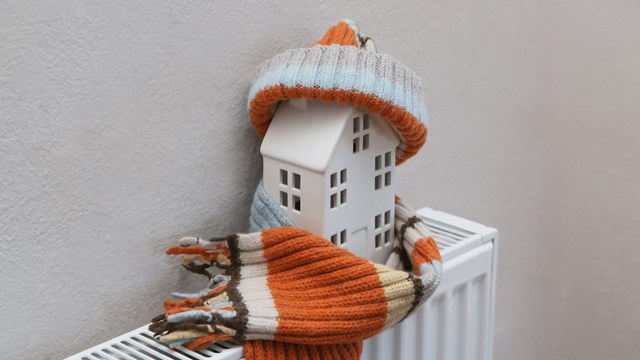
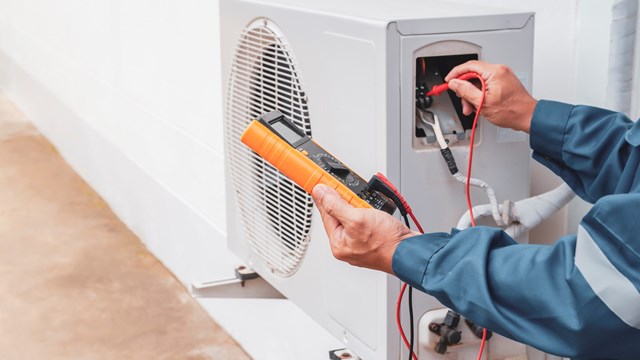
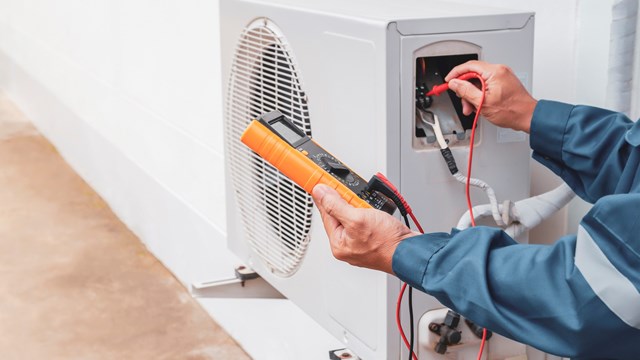
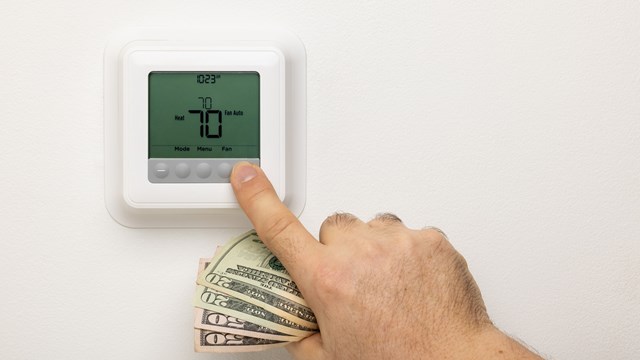

Leave a Comment